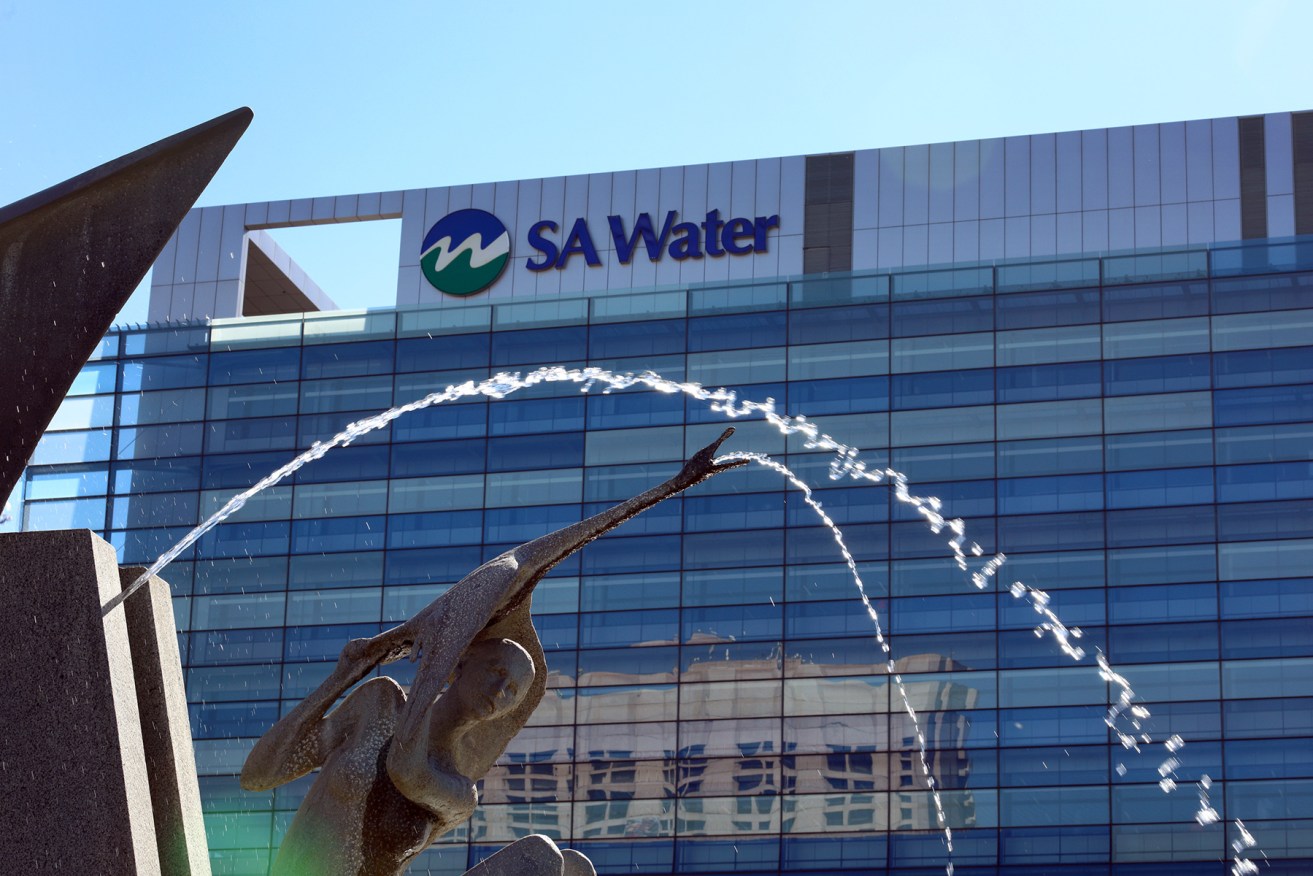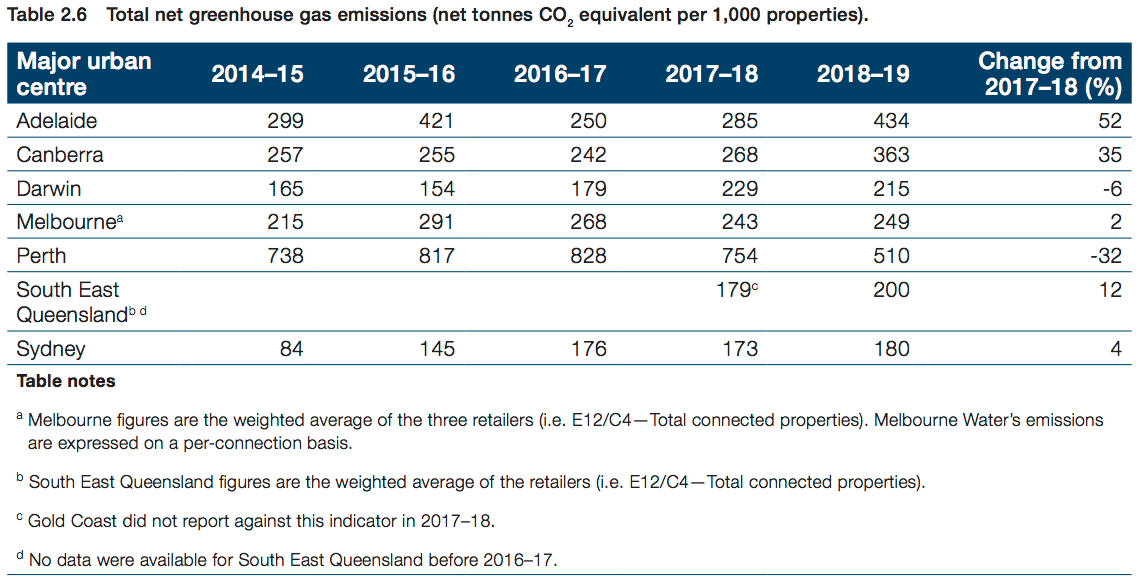Hot dry climate leads SA Water to double CO2 emissions
Warm and dry conditions last year led SA Water to more than double the amount of greenhouse gas emissions it released into the atmosphere to pump water to Adelaide properties.

Photo: Tony Lewis / InDaily
According to the Bureau of Meteorology’s 2018-19 national performance report for urban water utilities, SA Water released 52 per cent more greenhouse gas emissions in Adelaide compared to the previous year – the highest increase recorded for an Australian capital city.
The report states the massive one-year increase was a result of “extra demands” caused by last year’s drier summer and winter, which required more pumping from the River Murray than in previous periods.
In 2018-19, SA Water released 434 net tonnes of carbon dioxide per 1000 properties in Adelaide – the second highest figure for a capital city behind Perth’s 510 net tonnes.
Despite servicing Australia’s largest capital city, Sydney Water last year released just 180 tonnes of greenhouse gas emissions to operate the city’s supply water – the lowest in the country.
The data follows a record-breaking summer, with Adelaide hitting 46.6 degrees in January last year – the hottest temperature recording in any Australian capital city since records began more than 80 years ago.
According to the Bureau of Meteorology, rainfall totals for the 2018-19 summer and winter were below average throughout Adelaide and the Hills.
Some months also recorded warmer than average temperatures.
Both the Bureau of Meteorology and the state’s Environment Protection Authority correlate the warmer and dryer conditions to the effects of climate change.

Table: Bureau of Meteorology’s 2018-19 national performance report for urban water utilities
In a statement to InDaily, an SA Water spokesperson said that increased greenhouse gas emissions in 2018-19 were caused by electricity used for higher energy-intensive pumping resulting from dry conditions.
The spokesperson said the agency was making “good progress” towards reducing its carbon emissions by more than 89,000 tonnes per year by increasing renewable energy generation and storage.
“Our program to pursue a zero cost energy future is recognition of the need to reduce our environmental footprint while sustainably lowering operational expenses,” they said.
The spokesperson said the agency had committed in 2017 to install 500,000 solar panels at around 35 SA Water sites across the state.
So far, 113,000 of those panels have been ground or roof-mounted.
Latest figures from the state’s Environment Protection Authority show the number of days reaching over 40 degrees in Adelaide has more than doubled in the past 10 years, with the Bureau of Meteorology forecasting maximum daily temperatures for South Australia will rise by between 1 and 2.1 degrees by 2050.
Meanwhile, annual and spring rainfall across South Australia is projected to decline by between five to 15 per cent by 2050.
Want to comment?
Send us an email, making it clear which story you’re commenting on and including your full name (required for publication) and phone number (only for verification purposes). Please put “Reader views” in the subject.
We’ll publish the best comments in a regular “Reader Views” post. Your comments can be brief, or we can accept up to 350 words, or thereabouts.
InDaily has changed the way we receive comments. Go here for an explanation.




